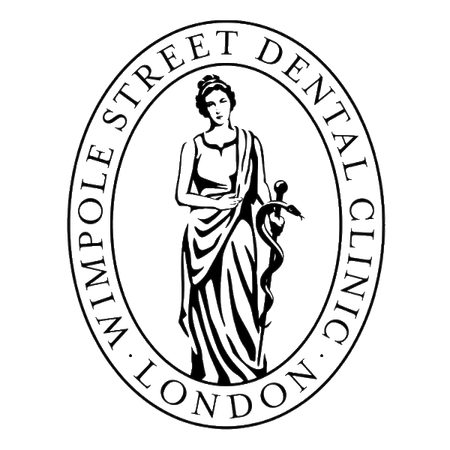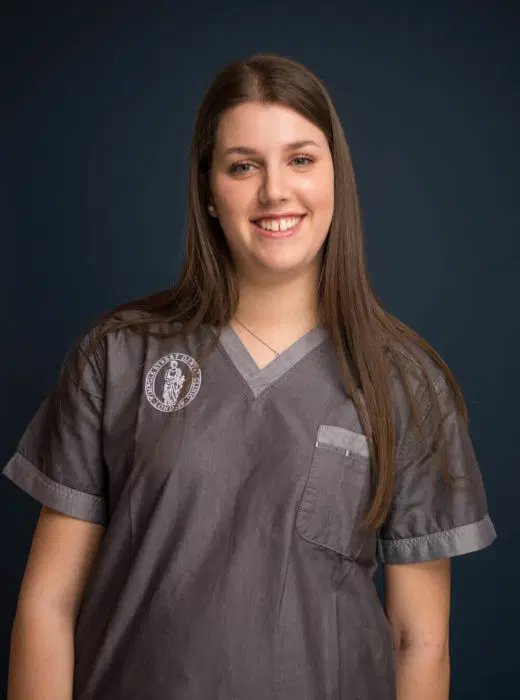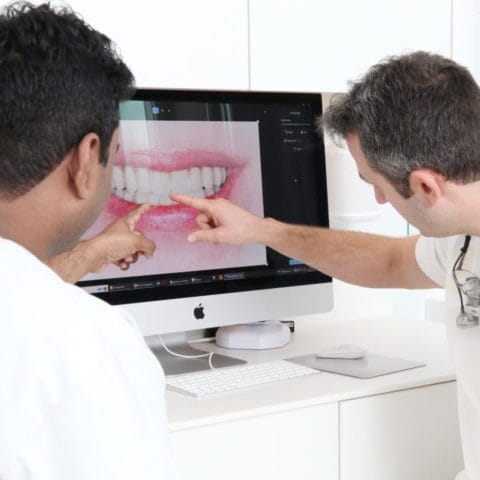Inlays & Onlays in London
Inlays are ceramic lab-made restorations that can rehabilitate teeth damaged by decay, wear of fractures.

Treatment
90 minutes

Price
From £1,600

Team Experience
75+ years

Recovery Time
24 hours

Google Rating
★★★★★ (4.9)
Examples of inlays

A tooth that has suffered from decay or trauma can be restored with either composite, also known as white fillings, or with ceramic. In this case, the restorations are called inlays, onlays or overlays, depending on their extension. The main difference between these two options is that ceramic restorations must be manufactured outside of patients’ mouths, meaning that they usually require two visits.
Who is suitable for an inlay or partial crown?
The choice of restorative material depends on many factors, such as costs, the extent of damage or simply personal preference. If the damage is relatively small, then your dentist may suggest a simpler but equally effective course of action such as a tooth filling.
However for larger defects, as in the case when replacing very old amalgam fillings, ceramic will perform better in the long run. We will decide together which option is the right one for you after a thorough discussion of the pros and cons. We will also inform you about any related costs in advance. You will have all the information you need before making a decision.
Meet your award-winning Inlays & Partial Crowns dentist and team…
- We have over 75+ years of combined dentistry experience across our specialist team.
- 10,000+ treatments performed and counting.
- We are leaders in the dental industry – we regularly teach, lecture and publish our research work internationally.
Our Expertise
It’s only natural that our patients want to protect their oral health but do so without having to compromise on their appearance. Our team are understanding, knowledgeable and reliable for delivering the very best results in London. Our experienced dental team are the perfect choice for any patient considering inlays or partial crowns because:
We have invested in state-of-the-art dental technology that allows us to undertake the most innovative and reliable dental practices worldwide. Digital computer-aided design (CAD) and computer-aided manufacturing (CAM) technology allow us to deliver the very best in patient care and patient results.
Prosthodontics is the branch of dentistry concerned with the design, manufacture, and fitting of artificial replacements for teeth. Whether it’s inlays, veneers, crowns, bridges or implant-supported restorations, we offer you the whole spectrum of prosthetic treatment with high-quality dental restorations from our laboratory in Germany led by master dental technicians.
Our prosthodontist team have many years of experience in complex oral rehabilitation and can help answer any questions you may have about the treatment, aftercare and how inlays and partial crowns work.

Helen Li
Wimpole Street Dental has the highest most ethical standard of work, personable approach, clear and safe procedures, top notch excellence and reliability in treatment provided with utmost professionalism from crème de la crème world class specialists all under one roof.
What happens during inlay treatment?
Your dentist offers you an initial consultation where you agree on your course of treatment. Importantly, your dentist will advise you on what has likely caused the initial decay that has led to the cavity and consequently requires treatment.
After administering a local anaesthetic, the tooth is prepared to a specific shape by removing damaged enamel and dentine following the principles of maximum conservation and minimally invasive dentistry.
The impression of the tooth is taken with as state-of-the-art digital 3-D scanner.
You are provided with temporary fittings while our dental laboratory prepares the inlays or partial crowns when they can be cemented in place after seven to ten days.
To prepare for an inlay or for a partial crown, your new teeth are digitally designed using our state-of-the-art CAD (computer-aided design) and CAM (computer-aided manufacturing) technology so that we can manufacture an inlay or partial crown that fits precisely to your tooth.
When bonding ceramic inlays, a protective dental dam (rubber dam) is applied around the tooth to act as a saliva barrier. This helps protect against other bacteria from infecting or harming the bond whilst the tooth is exposed.
When bonding ceramic onlays or partial crowns they are also bonded to the tooth in much the same way as inlays using extremely strong adhesive cement and again, a protective dental dam is applied during this process.
Post-treatment, one of our dental specialists will provide you with all the aftercare information and advice you may need to care for your inlays or partial crowns. We might recommend a visit to the hygienist at a later stage so that they can provide further guidance about maintaining a healthy oral hygiene routine to protect against further decay and damage to your inlay or onlay.
Take your first step with Wimpole Street Dental Clinic
Discover the path to a brighter smile with Wimpole Street Dental Clinic! Our team of skilled professionals utilizes advanced technology to provide personalised dental care in a comfortable setting.
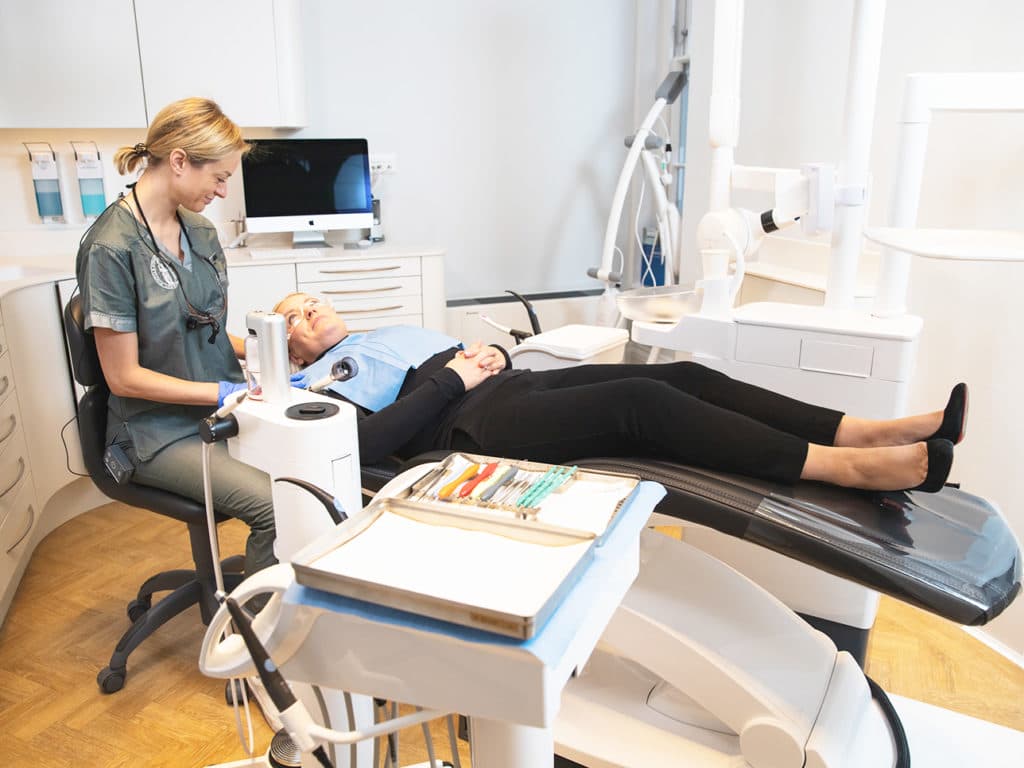

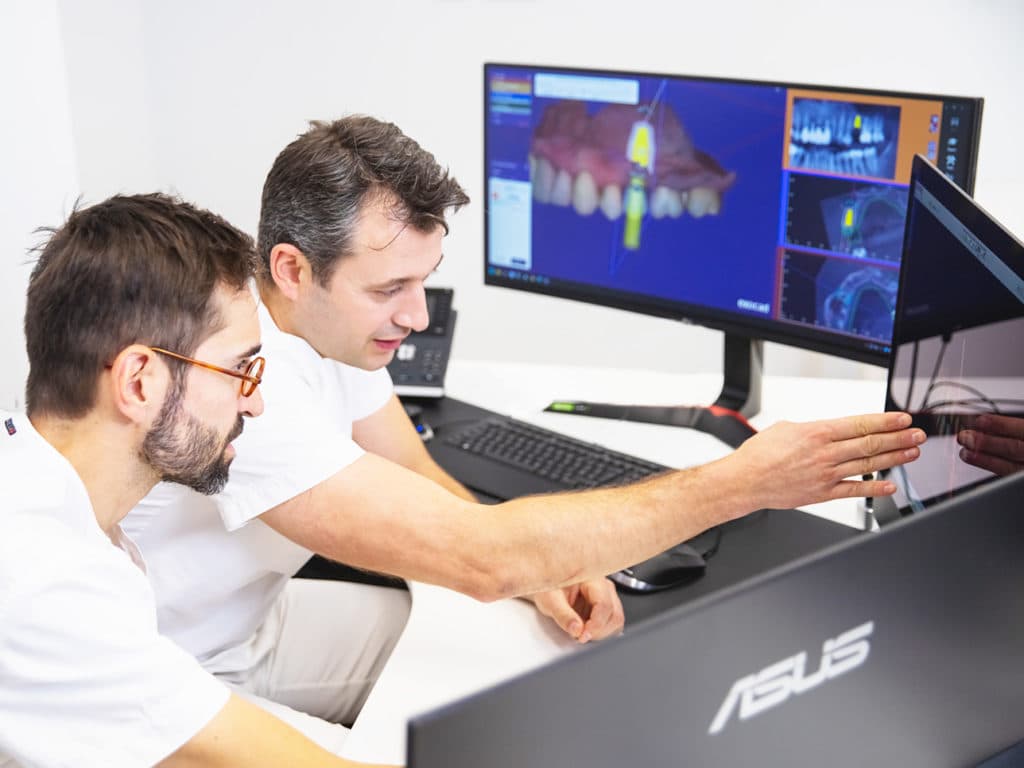



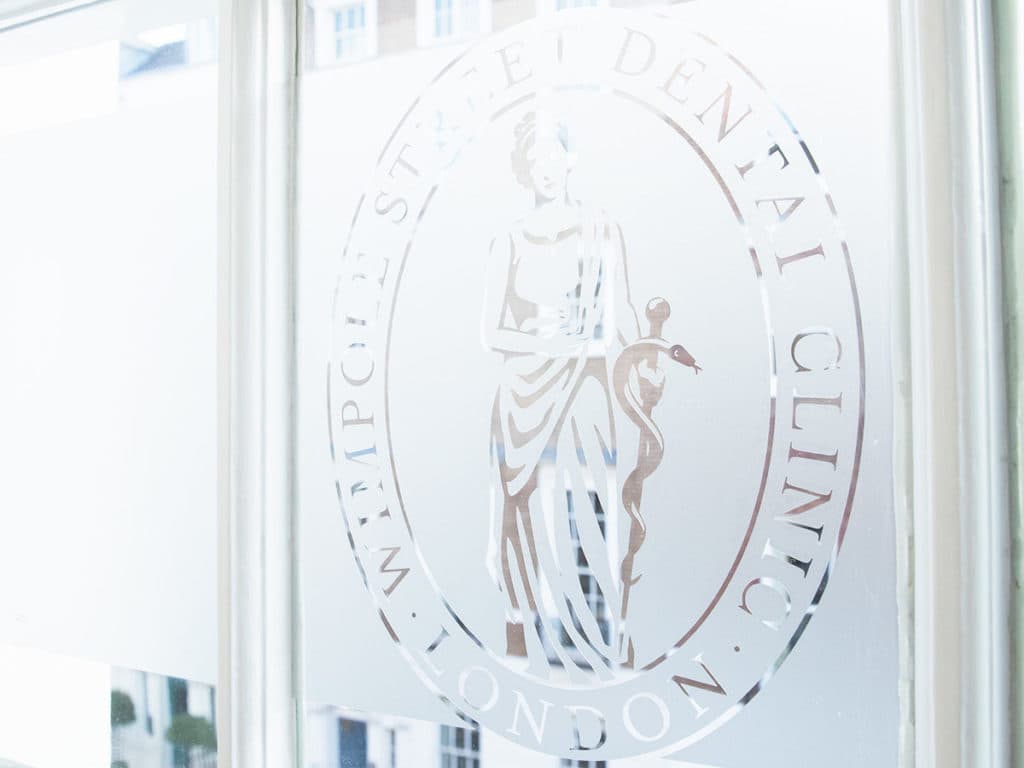
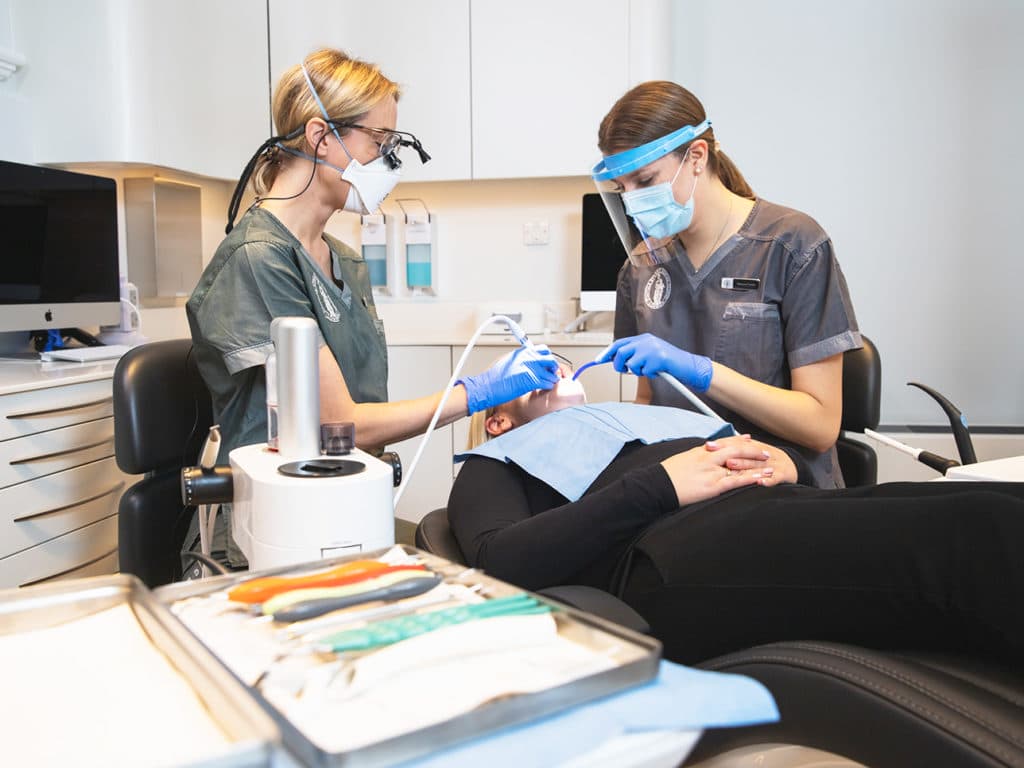
New page design
Written by: Prof Dr Christian Mehl
Medically reviewed by: Dr Raul Costa
Author biography added
Written by: Prof Dr Christian Mehl
Medically reviewed by: Dr Raul Costa
Original content created
Written by: Prof Dr Christian Mehl
Medically reviewed by: Dr Raul Costa
Wimpole St Dental Clinic has strict sourcing guidelines and relies on peer-reviewed studies, academic research institutions, and medical associations. We avoid using tertiary references. You can learn more about how we ensure our content is accurate and current by reading our editorial policy.
- van Pelt AW, de Kloet HJ, van der Kuy P. Keramische inlays en onlays [Ceramic inlays and onlays]. Ned Tijdschr Tandheelkd. 1996 Nov;103(11):472-6. Dutch. PMID: 11921995.
- Christensen GJ. Tooth-colored inlays and onlays. J Am Dent Assoc. 1988 Sep;117(4):12E-17E. doi: 10.14219/jada.archive.1988.0036. PMID: 3053856.
- Leirskar J, Henaug T, Thoresen NR, Nordbø H, von der Fehr FR. Clinical performance of indirect composite resin inlays/onlays in a dental school: observations up to 34 months. Acta Odontol Scand. 1999 Aug;57(4):216-20. doi: 10.1080/000163599428805. PMID: 10540932.
- Meyer A Jr, Cardoso LC, Araujo E, Baratieri LN. Ceramic inlays and onlays: clinical procedures for predictable results. J Esthet Restor Dent. 2003;15(6):338-51; discussion 352. doi: 10.1111/j.1708-8240.2003.tb00307.x. PMID: 14982661.
